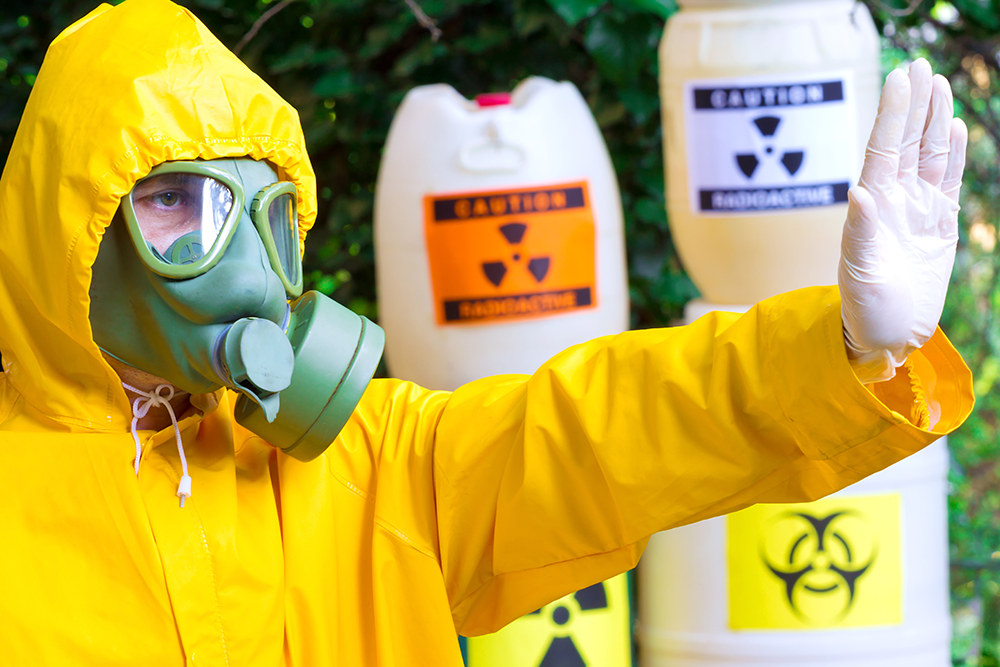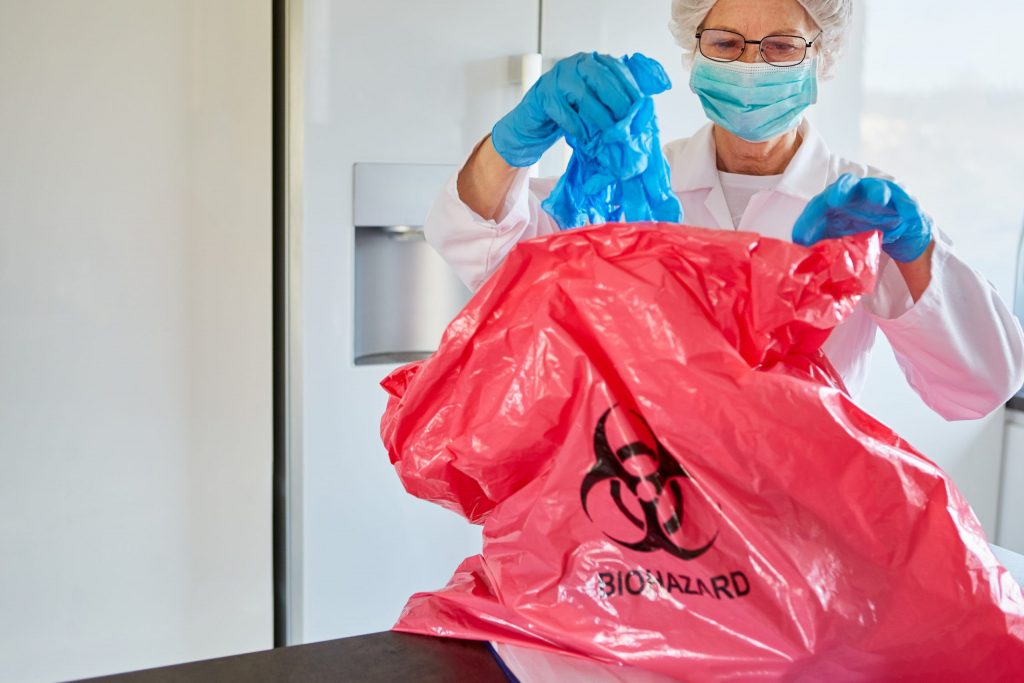Decomposition Death Clean Up: Specialized and Respectful Remediation
Professional Biohazard Cleansing and Decontamination for Blood, Bodily Fluids, and Hazardous Materials
In the world of biohazard cleansing and decontamination for blood, bodily liquids, and unsafe products, precision and experience are paramount. The prospective wellness threats connected with direct exposure to biohazards underscore the vital requirement for thorough handling and thorough cleanup. Specialized training outfits professionals with the understanding and skills needed to address these hazardous situations efficiently. Nevertheless, it is not merely concerning cleansing up; the value of utilizing correct purification methods can not be overemphasized. As we browse the intricate landscape of biohazard cleaning, comprehending the subtleties of guidelines, compliance, and the customized equipment at play comes to be necessary in making sure a safe and complete decontamination procedure.
Health And Wellness Threats of Biohazard Exposure
Exposure to biohazards presents substantial health dangers that can cause severe repercussions for communities and individuals alike. Biohazards include a vast array of organic substances, including blood, bodily fluids, mold, bacteria, viruses, and other potentially infectious materials. When individuals enter contact with these biohazards, whether through mishaps, incorrect handling, or environmental exposure, they face the danger of contracting major health problems or illness.
Among the main health and wellness dangers connected with biohazard exposure is the transmission of infectious diseases. Bloodborne pathogens such as HIV, hepatitis B and C, and various bacteria can be existing in biohazardous products, posturing a direct danger to human health and wellness. Inhaling airborne biohazards like mold spores or coming into contact with contaminated surface areas can additionally cause respiratory system problems, allergies, and other damaging wellness results.
Moreover, biohazard exposure can have long-term wellness effects, with some illness manifesting years after the initial call (Blood Cleanup). As a result, it is important to prioritize correct biohazard cleansing and decontamination to mitigate these wellness dangers and guarantee the safety of communities and people

Specialized Educating for Biohazard Cleanup
When it involves handling biohazard cleaning successfully and securely, specialized training plays an essential duty in ensuring proper decontamination treatments are followed. Biohazard cleaning calls for certain expertise and skills to successfully minimize risks connected with bloodborne microorganisms, physical liquids, and hazardous materials. Experts educated in biohazard cleaning undertake rigorous instruction on how to safely manage, get rid of, and deal with biohazardous materials to avoid contamination and direct exposure.
Specialized training for biohazard cleaning covers an array of essential topics, including proper personal protective equipment (PPE) usage, bloodborne pathogen awareness, decontamination techniques, and contaminated materials disposal protocols. Individuals educated in biohazard cleaning are equipped with the necessary competence to examine contamination degrees, determine prospective risks, and execute suitable cleanup procedures in conformity with governing criteria.
Continual training and education and learning are vital in the area of biohazard clean-up to stay updated on the most up to date purification modern technologies, security procedures, and policies. By investing in specialized training, biohazard cleaning experts can efficiently reply to emergency cleaning scenarios and protect both public health and the setting.
Relevance of Appropriate Decontamination Strategies
Using proper purification methods is crucial in biohazard cleaning to Look At This successfully eliminate unsafe materials and decrease wellness dangers. Effective purification not only makes sure the removal of noticeable traces of blood, bodily liquids, and other biohazards yet likewise targets unseen microorganisms that might position serious health and wellness threats otherwise properly removed. By following strict purification protocols, educated specialists can substantially reduce the danger of direct exposure to dangerous bacteria, infections, and bacteria that might bring about illness or infections.
Correct decontamination strategies involve using customized tools and disinfectants that are particularly made to neutralize biohazards successfully. Comprehensive cleaning and sanitation of infected areas are vital to protect against the spread of pathogens and guarantee a risk-free setting for occupants. Furthermore, the right disposal of biohazardous waste adhering to purification procedures is important in stopping contamination of various other surface areas or people.

Devices and Devices for Safe Clean-up
The appropriate equipment and tools play a crucial role in making sure the reliable and secure clean-up of biohazardous materials. When dealing with blood, physical liquids, or dangerous products, biohazard cleansing professionals count on specialized equipment to reduce direct exposure threats and completely sanitize the affected location. Individual safety equipment (PPE) such as handwear covers, coveralls, goggles, and masks are necessary to shield against direct call with possibly contagious materials. Furthermore, biohazard cleaning sets including anti-bacterials, absorptive products, and biohazard bags are utilized to securely dispose and have of contaminated things. Blood Cleanup.
Advanced cleaning tools like hospital-grade anti-bacterials, HEPA-filtered vacuum cleaners, and fogging devices are used to disinfect surfaces and eliminate biohazards properly. Specialized equipment such as sharps containers and biohazard waste disposal containers are made use of to safely handle sharp things and biohazardous waste materials. By utilizing the appropriate tools and tools, biohazard cleaning experts can make certain a complete cleaning process that prioritizes safety and security and minimizes health dangers for both workers and passengers of the damaged room.
Rules and Conformity in Biohazard Cleansing
Correct adherence to laws and conformity criteria is paramount in biohazard cleaning to guarantee the safety of both personnel and the environment. Government agencies such as OSHA (Occupational Safety and Health crime scene cleanup Administration) and the EPA (Environmental Protection Agency) have established specific guidelines for biohazard cleaning treatments to lessen wellness threats and ecological contamination. These guidelines cover a variety i thought about this of elements including the handling, transportation, and disposal of biohazardous products, along with the needed training and protective equipment needed for employees included in the clean-up process.
Biohazard cleansing business need to stay up-to-date with these laws to ensure that their operations fulfill the needed security standards. Failing to abide by these policies can result in extreme repercussions, including penalties, lawsuit, and threatening the health of people and the atmosphere. By following rigid policies and conformity procedures, biohazard cleaning firms can efficiently minimize dangers and ensure a risk-free and thorough clean-up process for all celebrations involved.
Verdict
Finally, biohazard cleansing and decontamination need specialized training, appropriate strategies, and adherence to policies. Direct exposure to blood, bodily fluids, and unsafe materials postures significant health and wellness risks, making it vital to use the appropriate equipment and devices for secure clean-up. By adhering to stringent methods and guidelines, experts can effectively reduce the risks linked with biohazard exposure and make certain the safety of both themselves and others.
As we navigate the complex landscape of biohazard cleaning, understanding the nuances of guidelines, conformity, and the customized equipment at play ends up being important in making sure a safe and extensive decontamination process. (Blood Cleanup)
When it comes to managing biohazard cleaning successfully and safely, specialized training plays a fundamental duty in making sure appropriate decontamination treatments are complied with.Using appropriate decontamination methods is vital in biohazard cleaning to successfully remove harmful products and lessen health risks. In addition, biohazard cleansing sets consisting of disinfectants, absorbent materials, and biohazard bags are made use of to securely consist of and dispose of infected products.
Government agencies such as OSHA (Occupational Safety And Security and Wellness Administration) and the EPA (Environmental Protection Firm) have actually established specific standards for biohazard clean-up procedures to minimize wellness dangers and ecological contamination.